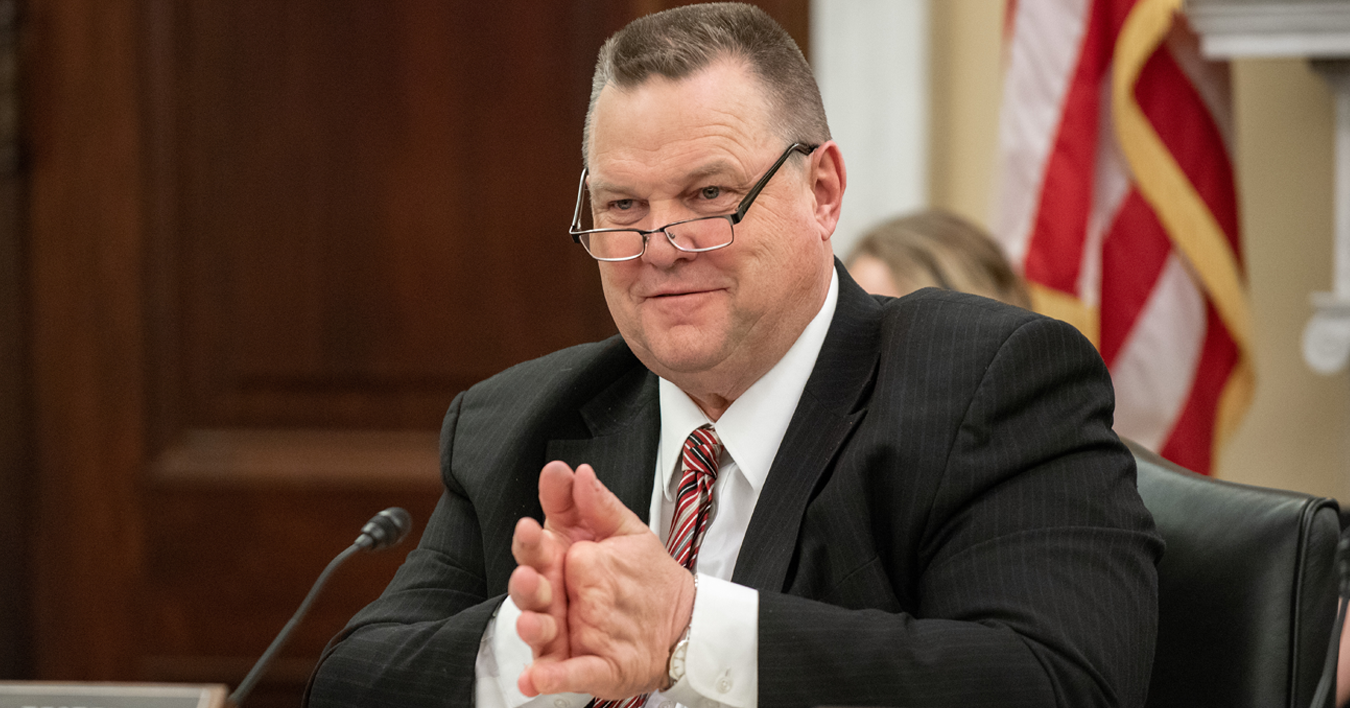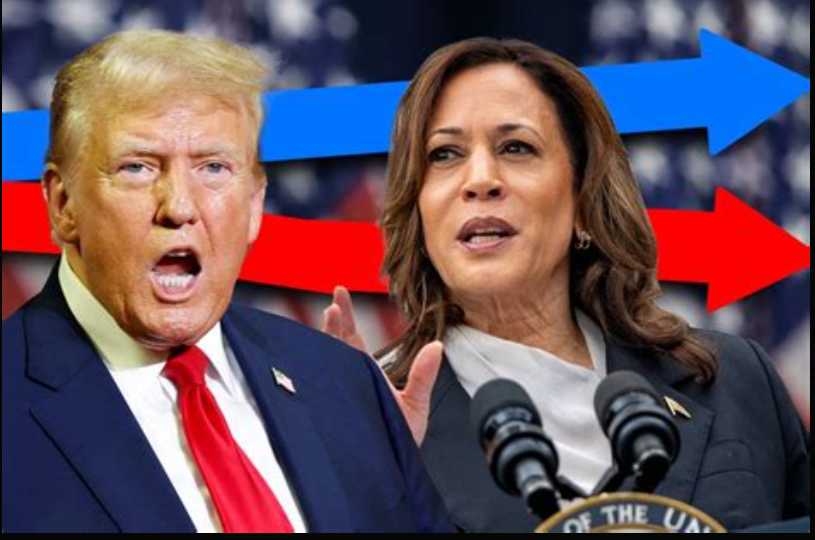The Texas majority PAC’s 2026 campaign and its electoral implications.
What to Know:
- Texas Majority PAC, funded by George Soros, launched “Blue Texas” in June 2025 with an eight-figure investment to boost Democratic competitiveness.
- The campaign targets urban and suburban counties with rallies, voter outreach, and a statewide tour reaching over two dozen cities.
- Democrats see an opportunity if Attorney General Ken Paxton wins the GOP Senate primary, citing his legal troubles and weak general election appeal.
- The effort shifts Democratic strategy toward long-term infrastructure and organizing, modeled after successes in Georgia and Arizona.
- Republicans criticize the move as outside interference but are reinforcing their own operations in key regions, including rural and Latino areas.
In June 2025, a new campaign effort led by the Texas Majority PAC, a political action committee financially supported by investor George Soros, initiated a large-scale push to expand Democratic competitiveness in the state of Texas. Titled “Blue Texas,” the initiative was launched in coordination with the Texas Democratic Party and is notable both for its scale and for its long-term strategic orientation.
George Soros, founder and chairman of the Open Society Foundations. © European Union, 2025 | Licensed under CC BY 4.0.
Historically, Texas has been considered a stronghold of the Republican Party, with no Democrat winning statewide office since the mid-1990s. However, the state’s evolving demographic makeup and urban population growth have led both parties to reconsider its electoral trajectory. The Blue Texas campaign represents a significant attempt to capitalize on these trends.
Campaign Structure and Rollout
According to public statements from organizers and reporting from national media outlets, the Blue Texas initiative involves an eight-figure financial investment and a detailed statewide deployment plan. The campaign officially launched in June with rallies scheduled across 12 urban and suburban counties, including Harris, Dallas, Travis, Bexar, Tarrant, and El Paso.
A statewide bus tour, called the “Turn Texas Blue” tour, is expected to begin in July, with events planned in over 24 cities. These include both traditional Democratic strongholds and Republican-leaning areas such as Amarillo, Midland/Odessa, and Galveston. In addition to physical events, the campaign includes plans for voter registration drives, field office openings, bilingual outreach operations, and data-informed canvassing.
Image generated by DALL-E
Campaign director Katherine Fischer has emphasized the dual purpose of the project: achieving short-term gains in the 2026 midterm elections while also building a permanent organizing infrastructure to increase Democratic competitiveness over time. The campaign’s emphasis on fieldwork, local staffing, and community-based engagement differentiates it from past Democratic efforts in Texas that were largely centered around individual high-profile candidates.
Republican Primary Dynamics
The campaign’s timing coincides with a contested Republican primary for the U.S. Senate seat currently held by John Cornyn. Cornyn, who has served in the Senate since 2002, is facing a significant challenge from Attorney General Ken Paxton. Paxton, a controversial figure within Texas politics, has faced multiple investigations and legal challenges, including federal inquiries and impeachment proceedings at the state level. Despite these issues, he remains popular among Republican primary voters, particularly those aligned with President Donald Trump.
Polling data from multiple sources indicates that Paxton holds a lead over Cornyn in the primary. However, general election matchups show Paxton performing less favorably than Cornyn among independents, suburban moderates, and swing voters. This dynamic appears to have informed the strategic calculus behind the Blue Texas campaign, which positions itself to exploit potential vulnerabilities in the Republican general election ticket should Paxton secure the nomination.
Demographic Trends in Texas
Texas has undergone significant demographic changes over the past two decades, which have influenced the state’s political landscape. The population has grown by over four million since 2010, with much of this growth occurring in urban and suburban areas. Texas's electorate is increasingly composed of younger voters and racial and ethnic minorities, with Latino voters representing a significant portion of this growing demographic.
Urban counties such as Harris, Travis, and Dallas have seen increased Democratic performance in recent election cycles, while suburban regions including Fort Bend, Collin, and Williamson counties have become more competitive. Despite these shifts, Republican candidates have continued to win statewide races, often by comfortable margins.
Despite attracting significant national interest, particularly during Beto O’Rourke's campaigns in 2018 and 2022, Democratic attempts to make inroads in Texas have not yet resulted in the party winning any statewide elections. The Blue Texas initiative seeks to address these challenges by investing in long-term infrastructure aimed at boosting turnout among lower-propensity voters and expanding the Democratic Party’s organizational reach beyond traditional base areas.
Strategic Shifts in Democratic Campaigning
The Texas Majority PAC’s model reflects a broader shift within Democratic electoral strategy, moving away from reliance on short-cycle, media-heavy campaigns and toward multi-cycle organizing efforts. Leaders of the initiative have cited the successful Georgia and Arizona strategies of 2020 and 2022 as examples of how long-term voter engagement, especially in underrepresented communities, can alter statewide outcomes.
The Blue Texas campaign incorporates similar tactics, including multilingual outreach, voter protection infrastructure, and microtargeting based on behavioral and demographic data.
CAP: Screenshot from Texas Majority PAC 2024 Report
The Texas Majority PAC’s 2024 Report details its plan to flip Texas blue by turning out one million new Democratic voters by 2032. Established in 2022, this PAC strategically invests in Texas by scaling up successful voter engagement initiatives. Rather than developing novel approaches, the organization concentrates on grassroots mobilization, focused outreach, and collaborations within crucial Texas counties, including Harris, Dallas, and El Paso.
While funding from national donors such as Soros has drawn criticism from Republican officials, campaign leaders argue that the investment reflects a long-standing gap in Democratic organizing capacity in Texas. Unlike previous cycles that focused heavily on top-of-ticket candidates, this campaign emphasizes coordinated efforts across local, judicial, and legislative races to build sustained momentum over time.
Republican Responses and Counter-Strategies
Republican officials have characterized the Blue Texas campaign as an attempt by liberal donors to “buy” electoral outcomes in the state. Lieutenant Governor Dan Patrick and other GOP leaders have framed the initiative as a partisan encroachment funded by outside interests. However, internal Republican sources have also acknowledged that a potential Paxton nomination could complicate efforts to maintain broad appeal in a general election.
In response, the Republican Party of Texas has expanded its own outreach operations, particularly in the Rio Grande Valley and other regions where Republican performance among Latino voters has increased in recent cycles.
Some GOP-aligned groups are planning counterprogramming efforts to reinforce voter loyalty in rural counties and to reengage suburban voters who have drifted toward the political center. These strategies include digital outreach, faith-based organizing, and investments in conservative media targeted at specific voter segments.
National Implications and Electoral Significance
Texas occupies a central role in national politics due to its size, economic influence, and 40 electoral votes. For Republicans, it is a core component of their electoral base in presidential elections. For Democrats, even incremental gains in Texas could have significant national ripple effects. A Democratic Senate win in 2026 would alter the balance of power in Washington.
Image generated by DALL-E
In addition, improvements in down-ballot performance could enable Democrats to compete more effectively in congressional districts, influence redistricting, and impact judicial and regulatory policy at the state level.
Political scientists note that the presence of a credible Democratic infrastructure in Texas could force Republican campaigns to divert resources from other battleground states, thereby influencing national strategy. The presence of Soros-backed funding ensures that these efforts are well-resourced, but the long-term success of the campaign will depend on voter turnout, candidate performance, and the broader national mood heading into the midterm elections.
Wrap Up
Despite its scope, the Blue Texas campaign faces considerable challenges. Texas remains a largely conservative state, particularly in rural and exurban areas. Turnout among key Democratic-leaning groups, such as young voters and Latino voters, has varied significantly by election year. Furthermore, while demographic changes have altered the electorate’s composition, these shifts have not yet consistently translated into Democratic victories at the statewide level.
The success of the campaign also hinges on coordination between state and national Democratic organizations, candidate quality, and the political environment in 2026. Past experience in Texas suggests that enthusiasm alone is not sufficient; consistent investment, strategic discipline, and favorable conditions are all required to make significant electoral gains.
As the 2026 midterms approach, the outcomes in Texas will be closely watched by political analysts, campaign professionals, and party leaders. Regardless of whether Democrats secure a statewide victory, the institutional groundwork laid by the Texas Majority PAC may contribute to long-term shifts in the state’s political landscape, offering valuable lessons for both parties about the evolving nature of modern electoral engagement.

-1.png)



